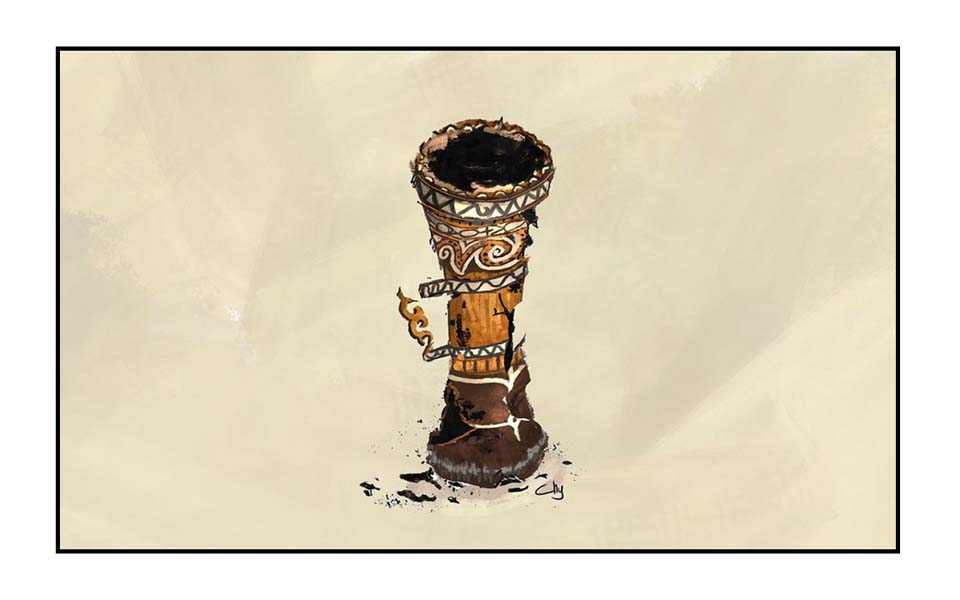
[From an oped piece in Kompas.id by Frans Maniagasi titled "Ten Years of Jokowi and Papua".]
Since taking office in 2014 up until the end of the second period of his administration, President Joko "Jokowi" Widodo has showed a commitment to resolve Papua's problems through campaign promises, various different policies and 17 working visits.
In general, the government is aware of and recognises that development will minimize the problems in Papua. Various policies and infrastructure development programs, human resource development, humanitarian and socio-cultural approaches deserve the thumbs up.
It cannot be denied, there has been progress in development that has been felt and experienced by the people of Papua. Unfortunately, what has been done has not yet touched on the root cause of the problems as mandated by Law Number 21/2021 on Papua Special Autonomy (Otsus).
The problems are, (1) social, cultural, economic and political inequality between indigenous Papuans (OAP) and migrant communities; (2) development gaps between Papua and other regions in Indonesia; (3) the settlement of cases of human rights violations committed by security forces in the name of the state; (4) and the clarification of the history of the "unification" of Papua with the Republic of Indonesia (academic manuscript of the Papua Special Autonomy Bill, 2001).
The first and second points have been approached through infrastructure and human resource development, while the third and fourth points should have been carried out through the formation of a Truth and Reconciliation Commission (KKR) (Articles 45 and 46, Law Number 21/2001 in conjunction with Law Number 2/2021).
However, Constitutional Court ruling Number 006/PUU IV/2006, which revoked Law Number 27/2004 on a KKR, was used as an argument by the government not to do this in Papua.
For 10 years, President Widodo's focus and top priority has been infrastructure development, without providing space to listen the voices and basic aspirations of OAP (Amiruddin Al Rahab, 2021). Reality has shown that conflict and violence continue and the execution is never ending.
Conflict and violence
According to a 2022-23 annual report by the Democratic Alliance for Papua, the armed conflict in several part of Papua has resulted in people not being able to obtain a decent education, health care and basic services. As a result of the conflict, many educational and health facilities have been damaged or are used by the parties in conflict.
Throughout 2023, according to Cartenz Peace Operation taskforce head Police Senior Commissioner Faizal Ramadhani, 79 people died as a result of armed conflicts involving security forces and Armed Criminal Groups/Free Papua Movement (KKB/OPM). Out of the 79 killed, 20 were Indonesian Military (TNI) soldiers, three were members of the National Police, 37 were civilians and 19 were KKB/OPM members.
Throughout 2023, there were 204 actions carried out by KKB/OPM in the mountainous and Central Papua regions. Two cases that received a lot of public attention were the hostage taking of Susi Air pilot Philips Mark Mehrtens on February 7, 2023, who has still not been released, and the murder of Michele Kuris Doga on August 28, 2023.
On February 3, 2024 there was the torture of West Papua National Liberation Army (TPNPB/OPM) members by soldiers in Puncak Regency, Central Papua. This incident created a public uproar because a video of the torture went viral on social media.
In the latest incident on April 11, 2024, there was the TPNPB ambush on the Intan-Paniai road resulting in the killing of the Komopa Agadide 1703-03 District Military Commander Infantry Second Lieutenant Otto Sugalrey in Paniai regency, Central Papua.
As a result of conflict and violence in Nduga regency since 2017, there are internally displaced local communities in several districts. Like in Jayawijaya with as many as 825 refugees, Lani Jaya (424), Mimika (322) and Jayapura (247). There are around 5,000 refugees in Kenyam and several other districts. The majority are women and children (Jayawijaya regency Religious Communication Forum 2019 report). This data does not include refugees in Meybrat regency, Southwest Papua.
The data above describes how over the last two years, the root cause of the problems that have triggered conflict and violence have not been addressed. The Papuan people cannot be completely separated from conflict and violence, and this has resulted in welfare improvements not being optimally realised.
The government still continues to maintain an outdated security approach and pursues policies that are less productive and actually backfire on the government itself...
The full article in Bahasa Indonesia can be read here: https://www.kompas.id/baca/opini/2024/06/13/sepuluh-tahun-jokowi-dan-papua




